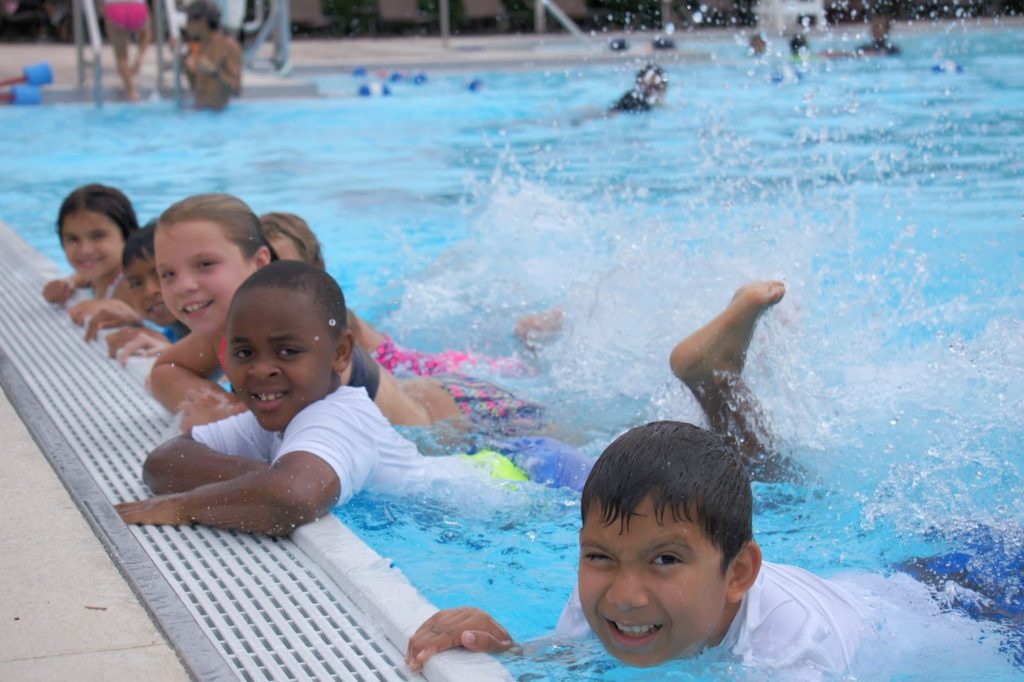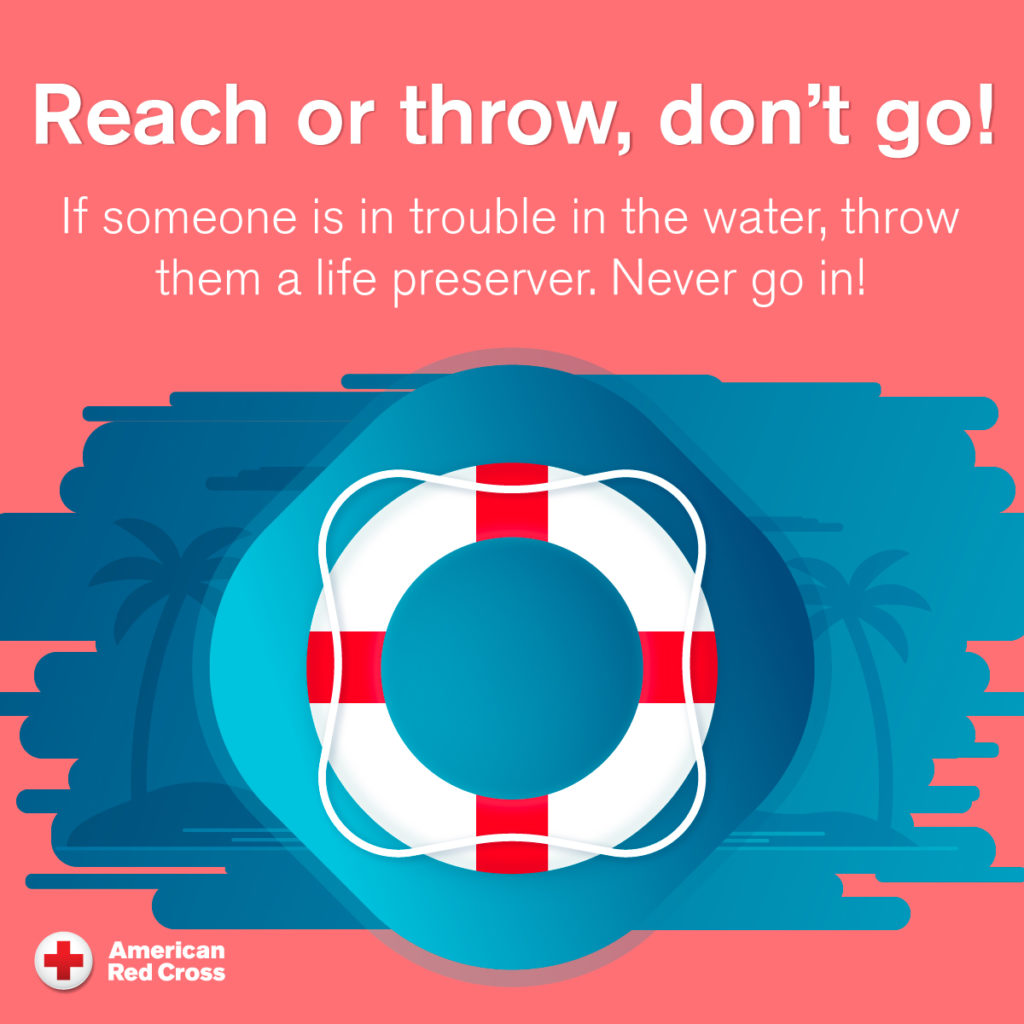Have a Wet, Wild and Safe Summer with these Red Cross Water Safety Tips
 Summer is a time for family vacations, grilling in the backyard and swimming at your local pool or river. While we hope you have a fun-filled summer, safety is our top priority here at the Red Cross, and there are many things to consider when getting ready for a swimming adventure, whether at the local pool or on a PNW beach.Get ready to dive in knowing that you have already made sure that you and everyone with you is safe.
Summer is a time for family vacations, grilling in the backyard and swimming at your local pool or river. While we hope you have a fun-filled summer, safety is our top priority here at the Red Cross, and there are many things to consider when getting ready for a swimming adventure, whether at the local pool or on a PNW beach.Get ready to dive in knowing that you have already made sure that you and everyone with you is safe. The key is to plan ahead for safety. New swimmers can enroll in swimming classes and should always wear life vests while in the water. Young children should never be left unattended in or near the water, even for a moment. Get familiar with the risks of open water swimming, such as rip tides, and how to handle them before getting in the water. Know what to do in a water emergency, including how to help someone in trouble in the water safely.
Then, show everyone your signature cannonball! Read on for more tips to stay safe while swimming this summer.
BEACH SAFETY
- If you plan to swim in the ocean, a lake or river, be aware that swimming in these environments is different than swimming in a pool. Be sure you have the skills for these environments.
- Swim only at a beach with a lifeguard, within the designated swimming area. Obey all instructions and orders from lifeguards and ask them about local conditions.
- Make sure you swim sober and that you always swim with a buddy. Know your limitations and make sure you have enough energy to swim back to shore.
- Protect your neck – don’t dive in headfirst. Walk carefully into open waters. Watch out for and avoid aquatic life.
- If you are caught in a rip current, try not to panic. Signal to those on shore that you need assistance. Swim parallel to the shore until you are out of the current. Once you are free, swim toward shore. If you can’t swim to the shore, float or tread water until you are free of the rip current and then head toward shore.
POOL SAFETY
- Prevent unsupervised access to water. If you have a pool, secure it with appropriate barriers. Many children who drown in home pools were out of sight for less than five minutes and in the care of one or both parents at the time.
- Have young children or inexperienced swimmers wear properly fitted U.S. Coast Guard-approved life jackets around water, but do not rely on life jackets alone.
- Actively supervise children and stay within arm’s reach of young children and new swimmers. Designate a ‘Water Watcher’ to keep a close eye and constant attention on children and weaker swimmers in and around the water until the next Water Watcher takes over.
- Teach children to always ask permission to go near water.
- Avoid distractions when supervising children around water. If a child is missing, check the water first. Seconds count in preventing death or disability.
WATERPARK SAFETY
- Make sure lifeguards are on duty before you go in the water and follow all their instructions.
- Read the attraction signs. Obey the rules. Follow age and height requirements.
- Parents – keep an eye on the kids. If they can’t swim or are less than four feet tall, have them wear a U.S. Coast Guard approved life jacket.
- Signal a lifeguard if you see someone is in trouble. Yell if you need to grab attention, but don’t go in after the person yourself.
- Set up a meeting place in case someone gets separated from your group. Use the buddy system to make sure no child is alone.
While we recommend only swimming in areas with a professional lifeguard on duty, you may find yourself or someone near you in a dangerous position where professional rescuers can’t respond quickly enough. In the event that someone near you is in the water and in danger, remember “Reach or throw, don’t go!” Throw them a life preserver and pull them to safety—don’t get in the water yourself, or you may both end up in danger.
LEARN MORE
A variety of water safety courses and resources are available at www.redcross.org/watersafety. Find an aquatic facility that offers Red Cross programs for the entire family at www.redcross.org/learntoswimproviders. Download the free Red Cross Swim App. Pool and spa owners can take the Home Pool Essentials online course at www.homepoolessentials.org.

One thought on “Have a Wet, Wild and Safe Summer with these Red Cross Water Safety Tips”
Great post.
Comments are closed.